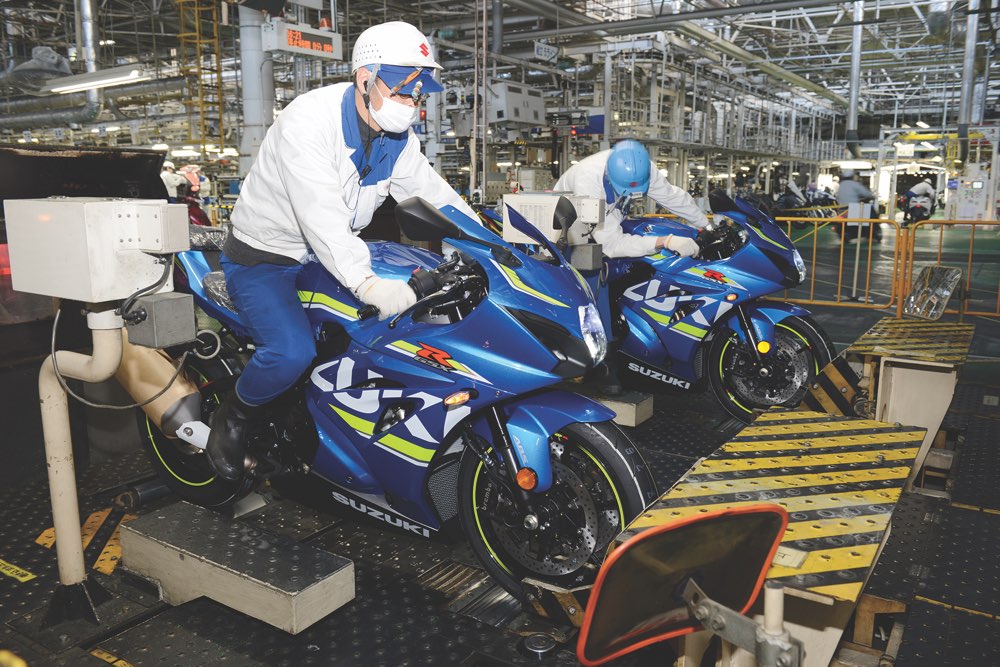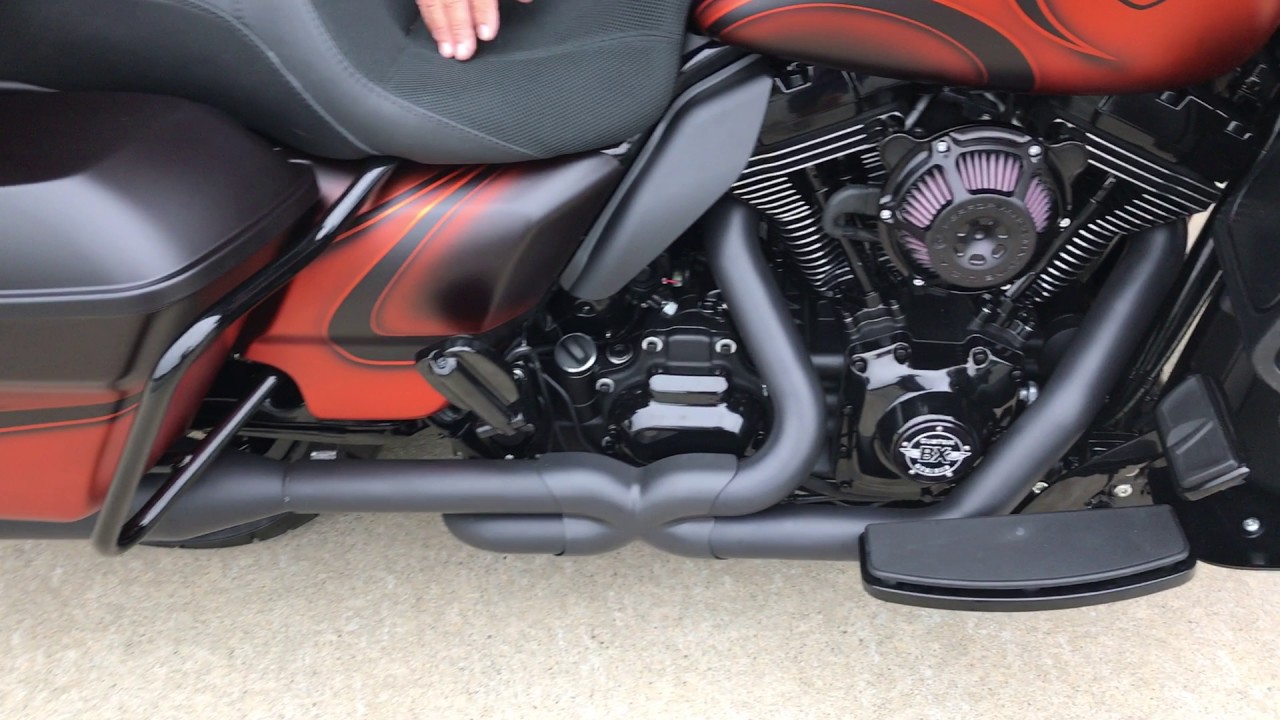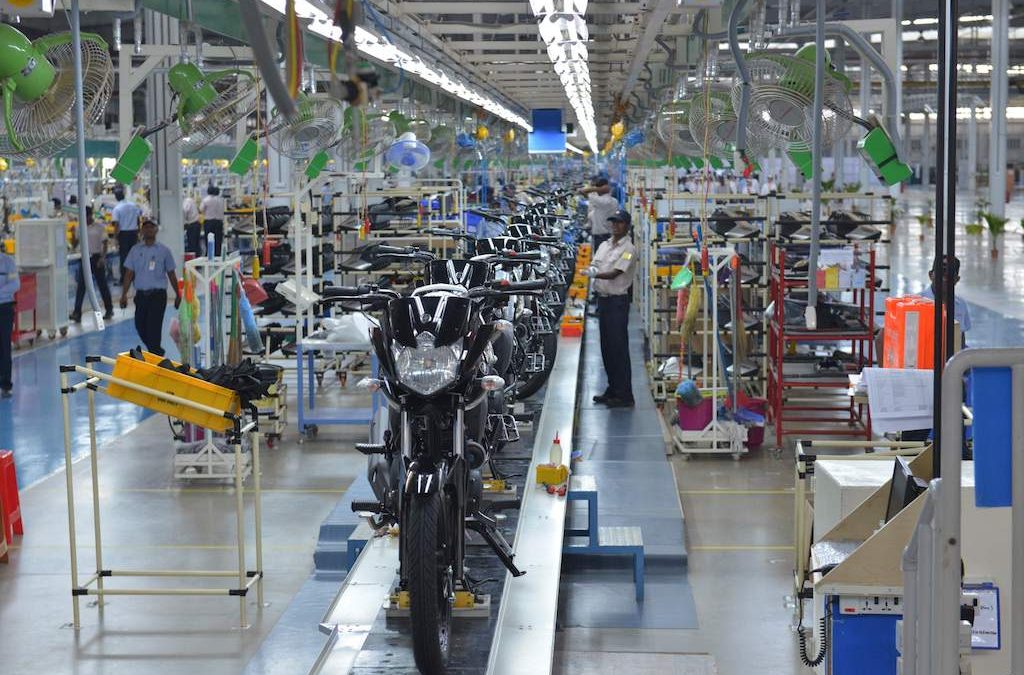The motorcycle industry is evolving, and with it, the methods for quality control are also advancing. To achieve showroom shine on motorcycles, automated motorcycle paint inspection techniques are proving to be a game-changer. QA professionals across the globe are turning to this tremendous technology for ensuring that every motorcycle looks impeccable when it hits the market.

Why Is Paint Inspection Crucial?
Paint quality is a vital aspect of a motorcycle’s overall appearance and durability. It not only makes the motorcycle look stunning but also protects it from environmental factors such as rust, corrosion, and UV damage. Therefore, maintaining high standards in paint application and inspection is essential for manufacturers and QA professionals.
The Evolution of Paint Inspection Technology
Traditional paint inspection methods have their limitations. Human error, inconsistency, and the inability to detect minute defects are some of the challenges faced by manual inspection. However, with the advent of automated paint inspection technology, these issues are now a thing of the past.
From Manual to Automated Inspection
Manual paint inspection involves visual checks and basic tools, which can be time-consuming and subjective. On the other hand, automated systems use advanced sensors and cameras to detect even the smallest imperfections accurately and quickly.
How Automated Paint Inspection Works
Automated paint inspection systems employ a combination of high-resolution cameras, laser scanners, and artificial intelligence (AI) algorithms. These components work together to capture detailed images of the motorcycle’s surface and analyze them for defects such as scratches, bubbles, and uneven coatings.
Advantages of Automated Motorcycle Paint Inspection
The benefits of using automated paint inspection in the motorcycle industry are numerous. Let’s take a closer look at some of the most significant advantages:
1. Precision and Accuracy
Automated systems are engineered to detect even the tiniest flaws that may go unnoticed by the human eye. This level of precision ensures that every motorcycle meets the highest quality standards.
2. Consistency
Human inspectors can have varying levels of expertise and attention to detail, leading to inconsistent results. Automated systems, however, provide uniform and consistent inspection results every time.
3. Speed and Efficiency
Traditional inspection methods can be slow and labor-intensive. Automated systems can inspect large batches of motorcycles quickly, increasing overall production efficiency.
4. Cost Savings
While the initial investment in automated inspection technology may be high, the long-term cost savings are substantial. Reduced labor costs, minimized rework, and fewer recalls contribute to significant financial benefits.
Implementation Challenges and Solutions
Despite the numerous benefits, implementing automated paint inspection technology can present some challenges. However, with the right approach, these obstacles can be overcome:
Initial Costs
One of the primary concerns for manufacturers is the initial cost of setting up automated inspection systems. However, the return on investment (ROI) justifies the expense over time, thanks to improved product quality and reduced waste.
Integration with Existing Systems
Integrating new technology with existing production lines can be complex. Manufacturers need to work closely with technology providers to ensure seamless integration and minimal disruption to their operations.
Training and Skill Development
Training employees to operate and maintain automated systems is crucial for their successful implementation. Investing in workforce training guarantees that the technology is used to its full potential.
Real-World Applications and Success Stories
Several motorcycle manufacturers have embraced automated paint inspection technology with great success. For instance, leading brands like Yamaha and Kawasaki have reported significant improvements in their paint quality and overall production efficiency.
Case Study: Yamaha
Yamaha implemented automated paint inspection systems in their factories to enhance product quality and reduce defects. As a result, the company saw a notable decrease in warranty claims related to paint issues, leading to increased customer satisfaction.
Case Study: Kawasaki
Kawasaki adopted automated inspection technology to ensure that their motorcycles meet the highest aesthetic and quality standards. This move has helped them maintain a competitive edge in the market, attracting more customers and boosting sales.
The Future of Motorcycle Paint Inspection
As technology continues to evolve, the future of motorcycle paint inspection looks promising. Innovations such as machine learning, augmented reality, and enhanced AI capabilities are set to further revolutionize this field.
Machine Learning and AI
Machine learning algorithms can continuously improve inspection accuracy by learning from previous inspections. This ability to evolve and adapt ensures that the system remains up-to-date with the latest industry standards and requirements.
Augmented Reality
Augmented reality (AR) can provide inspectors with real-time visual overlays, highlighting defects and providing instant feedback. This technology can be particularly useful for training new inspectors and ensuring consistent results.
Enhanced AI Capabilities
Future AI advancements will enable even more sophisticated defect detection and analysis. These improvements will further reduce the likelihood of defects escaping the inspection process, leading to higher quality and greater customer satisfaction.
Conclusion
Achieving showroom shine on motorcycles is now more attainable than ever, thanks to automated paint inspection technology. This tremendous technology not only enhances the quality of motorcycles but also brings numerous benefits to manufacturers and QA professionals. By embracing automation, the motorcycle industry can continue to thrive, delivering products that meet the highest standards of excellence.

FAQ Section
What is automated motorcycle paint inspection?
Automated motorcycle paint inspection is a technology that uses high-resolution cameras, laser scanners, and AI algorithms to detect defects in the paintwork of motorcycles automatically.
Why is automated inspection better than manual inspection?
Automated inspection offers higher precision, consistency, speed, and cost savings compared to manual inspection methods.
What are the challenges in implementing automated paint inspection?
Challenges include initial costs, integration with existing systems, and the need for workforce training. However, these can be addressed with proper planning and investment.
What is the future of motorcycle paint inspection technology?
The future includes advancements in machine learning, augmented reality, and enhanced AI capabilities, which will further improve inspection accuracy and efficiency.
For more information on painting motorcycles, visit JDPower. To learn about motorcycle paint specificity, see Stardust Colors.
